4 Effortless Post Processing Tips for Landscape Photography
The digital darkroom has opened up endless possibilities more impactful landscape photography. However, you don’t have to use a lot of complicated processes to make great landscape photos. I’ve opened up the hood to four of my photographs to demonstrate simple processing adjustments that can provide enormous bang for the buck for landscape photographers.
#1: Crop your photos
Never underestimate the power of a good crop. Cropping can remove distracting elements near the edges of the frame or can completely change the focus of an image. Of course, it is better to compose tightly in the field so that there’s no need to discard valuable pixels in post-processing. However, that doesn’t mean you shouldn’t crop if doing so improves the composition. Unless you are planning to make a wall-size print from your photograph, your image can probably withstand some cropping. For example, a 20-megapixel camera can produce a nice, 26-inch print from an un-cropped image. So, depending on your camera and how large of a print you intend to make, there’s probably plenty of room to crop.
The first image is the original RAW, unedited photo I made of Bridalveil Fall in Yosemite. Even with a focal length of 560mm, I wanted to get closer to really communicate the awesome power of this mighty waterfall. I didn’t have a longer lens and I was already as close to the falls as I could manage, so cropping was my only option. By cropping in tighter and giving the image a slight rotation, I was able to convey what it felt like to be this close.
#2: Fine tune your borders
An important but often overlooked post-processing tool for landscape photography is to fine tune your edges. The edges of the photograph are incredibly important to its overall impact. Any light or dark spots pull the eye away from the subject and out of the frame. So, after you’ve cropped the image to your satisfaction, be sure to perform a “border patrol” check on your landscape photos. Scan the edges of the frame. Lighten small dark spots, darken light spots, or use the clone tool to remove little, distracting elements near the edges.
Here is an unedited RAW landscape photo titled Aspen Happy. The exposure and composition were pretty clean in camera, but it didn’t pass my “border patrol” inspection in post-processing. The brightness along the left edge was distracting, as was the dark spot on the tree trunk in the lower left of the frame. The top right corner had a slight irregularity that also bothered me. There was also a branch of a small pine tree in the lower right edge, which could be easily cloned.
Using the distort tool in Photoshop, I slightly pulled the two top corners apart until the offending edges were out of the frame. This adjustment allowed the rest of the edges of the composition to remain intact. I cloned the dark spot on the lower left corner and cloned the small pine branch on the lower right corner.
#3: Control Saturation & Vibrance
Another simple but effective post processing tool for landscape photography is Saturation and Vibrance. Both these adjustments affect different parts of the color range. While a saturation adjustment results in even, overall saturation across the entire range of colors in the frame, an adjustment to vibrance only affects the saturation in the less saturated colors in the image.
When it comes to saturation and vibrance, it is easy to overdo it. And remember, if you are capturing JPEGs in camera, saturation is already added by your camera’s software by default. However, RAW files do not add any saturation in camera. RAW images can appear flat or dull, which may tempt the inexperienced landscape photographer to over-saturate. Keep a steady hand on the saturation slider, especially when making your initial adjustments.
Focused vibrance and saturation can be good things when applied with careful consideration. Of course, how much saturation to apply is a matter of your own personal aesthetic. When applying saturation to your image, consider which part of the image benefits from more color. Perhaps only part of the image needs a bump in color, while other areas may benefit from desaturation.
Consider adding saturation or vibrance only to specific colors in your landscape photos. For example, the lightest and warmest parts of the photograph might benefit from additional saturation, but not the shadows. There are many ways to apply selective saturation and vibrance. Use the adjustment brush tool in Lightroom. Or, in Photoshop add a saturation adjustment layer with a mask, then brush in the color adjustment just where you want it.
Again, this is the RAW, unedited version of Tidal Pools. The composition in-camera was clean and didn’t warrant cropping, but the color pallet actually detracted from the composition.
By selecting only the rock areas, I was able to both darken and desaturate the stone without affecting the saturation in the water. Both areas required isolated treatment. I added a touch of vibrance to just the water so that it would pop.
Dodging and Burning
Perhaps the most powerful processing tool for landscape photography is the dodge/burn tool. Used in the traditional darkroom, it is often under-appreciated in the digital darkroom. If you’re unfamiliar with the terminology, dodging is the process of brightening a specific area of a photograph. Burning refers to darkening a specific area. Both terms originated from the darkroom days when we would manipulate the light emitting from the enlarger to control tonal values in the resulting print.
Rather than using the vignette tool, which only darkens (or lightens) the corners and edges of the frame, use the dodge tool (or brush adjustment in Lightroom) to lighten specific areas to direct the eye through your composition. Conversely, the burn tool darkens or tones down areas of the frame that may be too light and distracting.
You can further control tone by selectively dodging or burning just the highlights, mid-tones, or shadows, as demonstrated below.
This RAW, unedited frame was pretty blah when I first opened it up. It was a smokey, summer day in California’s High Sierra, so the colors appear very muted. Even so, I liked the composition and felt it had potential. It just needed some selective dodging and burning and more saturation than I usually apply.
I started by dodging the mid-tones and some of the highlights in the key areas where the light was already visible. The round reflecting pool was key to the composition so I applied much more dodging than in the other areas. I used the burn tool to tone down the lower left corner to keep the eye from drifting out of the frame. Then, I applied targeted saturation to the highlights.
There are many ways to do these types of post-processing adjustments for landscape photography. A lot depends on your personal aesthetic and what you are trying to achieve. What are your favorite post processing adjustments? Please feel free to comment below!










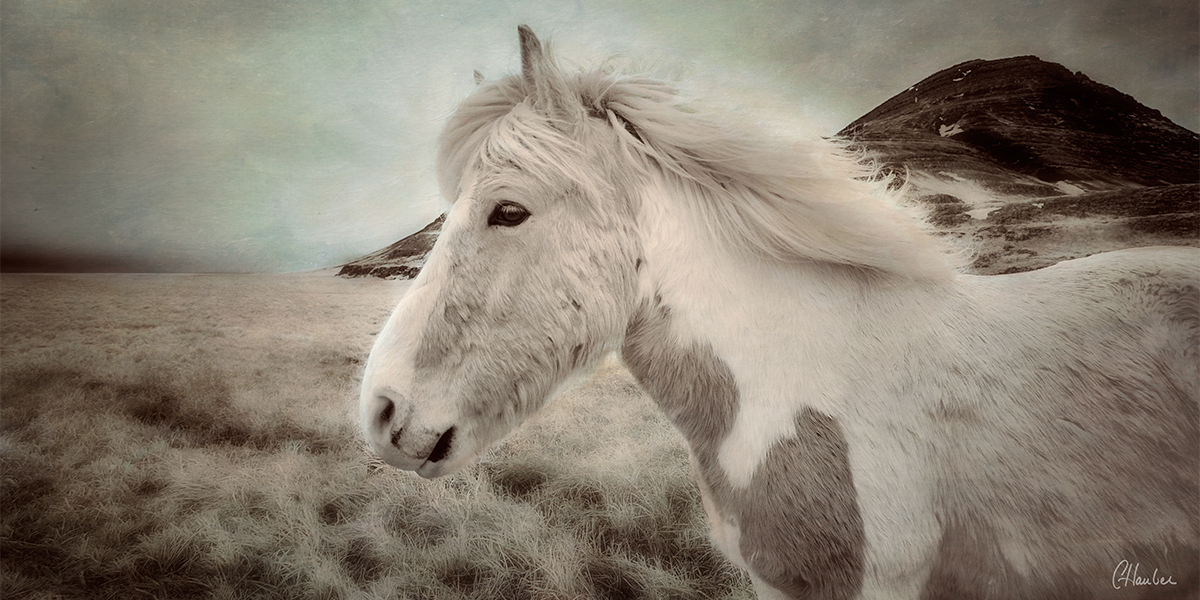
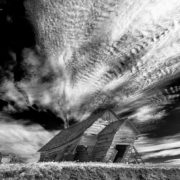
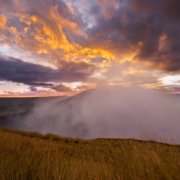
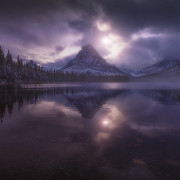
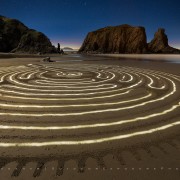
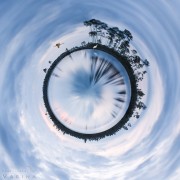


Thank you for this post. There are times when I feel disappointed seeing a “lifeless” image when there was genuine excitement during the shoot. This will help me stay with them and perhaps breath life back into them.
That’s wonderful, Tod, and just what I was hoping to achieve — to inspire. Post-processing techniques are just a means to an end. Your initial vision in the field is most important. It can be challenging to hold on to that vision back in the digital darkroom, especially when looking at a raw file, which can be pretty dull.